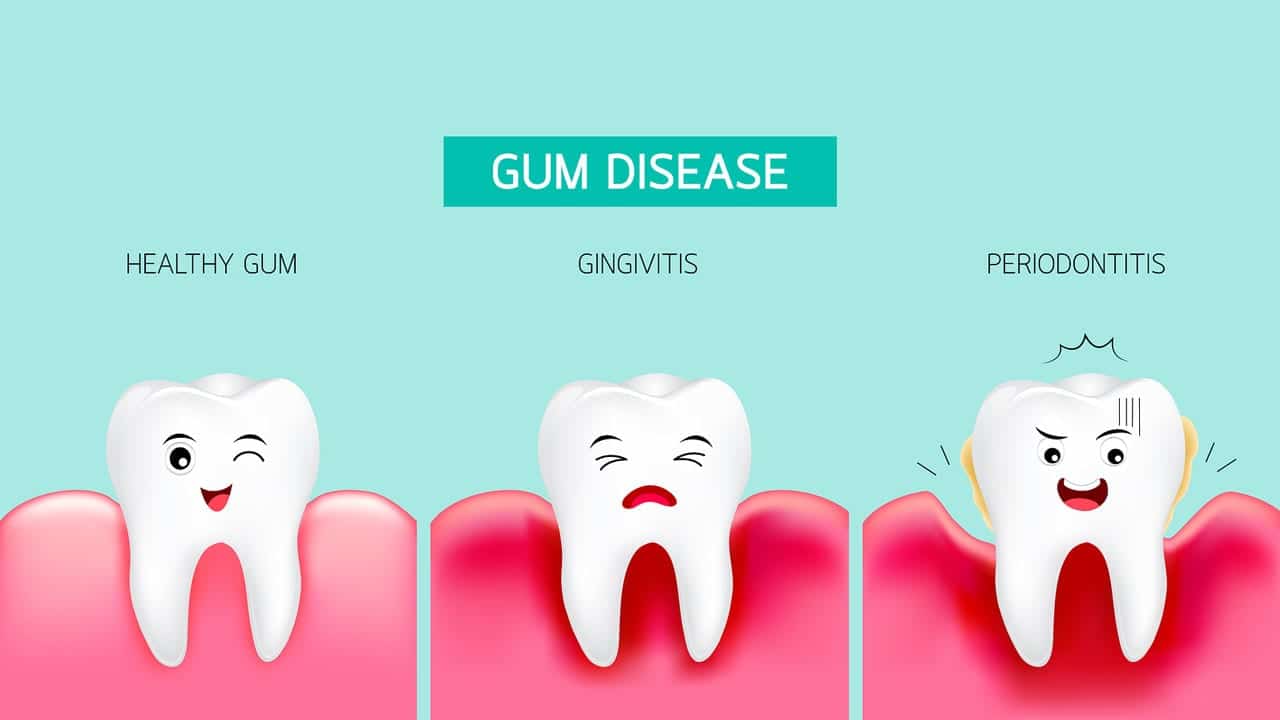Gum Disease Treatment: An Overview
Gum disease, or periodontal disease, is a common oral health issue affecting millions of people worldwide. It begins with plaque buildup on teeth, leading to inflammation and infection of the gums. If left untreated, gum disease can progress to more severe stages, causing tooth loss and impacting overall health. Fortunately, effective treatments are available to manage and reverse the effects of gum disease.
Understanding Gum Disease
Gum disease typically manifests in two stages:
-
Gingivitis: This initial stage is characterized by red, swollen gums that may bleed during brushing or flossing. It’s often caused by poor oral hygiene that allows plaque to accumulate. Gingivitis is usually reversible with improved dental care and professional cleanings.
-
Periodontitis: If gingivitis is not treated, it can progress to periodontitis. This more severe form of gum disease affects the bone that supports the teeth. Symptoms may include persistent bad breath, receding gums, and loose teeth. At this stage, professional intervention is crucial to prevent further damage.
Treatment Options
1. Professional Dental Cleaning: The first step in treating gum disease is a thorough dental cleaning. A dentist or dental hygienist will remove plaque and tartar buildup from your teeth and beneath the gum line. This process helps reduce inflammation and promotes healing.
2. Scaling and Root Planing: For more advanced cases of gum disease, scaling and root planing may be recommended. This deep cleaning procedure involves scraping away plaque and tartar from the tooth surfaces and smoothing out rough areas on the roots, making it harder for bacteria to attach. This treatment can be performed under local anesthesia for patient comfort.
3. Antibiotics: In some cases, dentists may prescribe antibiotics to help control bacterial infection. These can be in the form of oral medications or topical treatments applied directly to the gums. Antibiotic therapy can enhance the effectiveness of other treatments and help manage inflammation.
4. Surgery: For severe gum disease that doesn’t respond to nonsurgical treatments, surgical options may be necessary. Procedures such as flap surgery, where the gums are lifted back to allow for deeper cleaning, or bone grafting to restore lost bone tissue, can be performed to help restore gum health.
5. Maintenance and Prevention: After treatment, ongoing maintenance is vital to prevent the recurrence of gum disease. Regular dental checkups, professional cleanings, and practicing good oral hygiene at home—brushing twice daily and flossing—are essential for long-term success. Additionally, lifestyle changes such as quitting smoking and eating a balanced diet can significantly improve gum health.
Conclusion
Gum disease is a serious condition that can lead to significant health issues if not addressed promptly. Early intervention and proper treatment can effectively manage and reverse the effects of gum disease. If you notice any symptoms of gum disease, it’s important to consult a dental professional as soon as possible to ensure the best possible outcome for your oral health. By prioritizing gum health through regular checkups and diligent home care, you can maintain a healthy smile for years to come.
